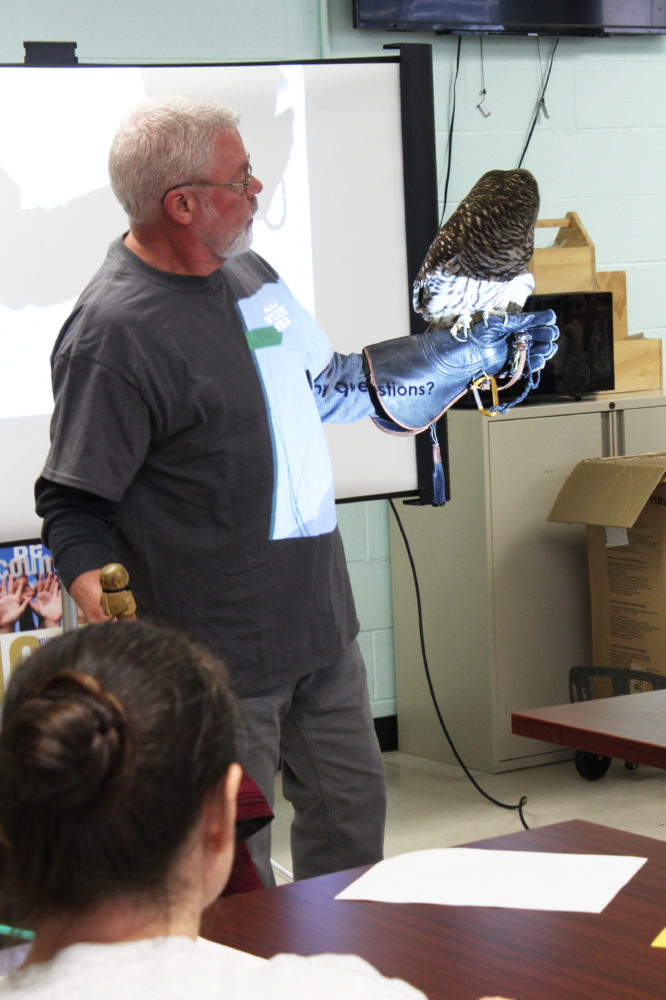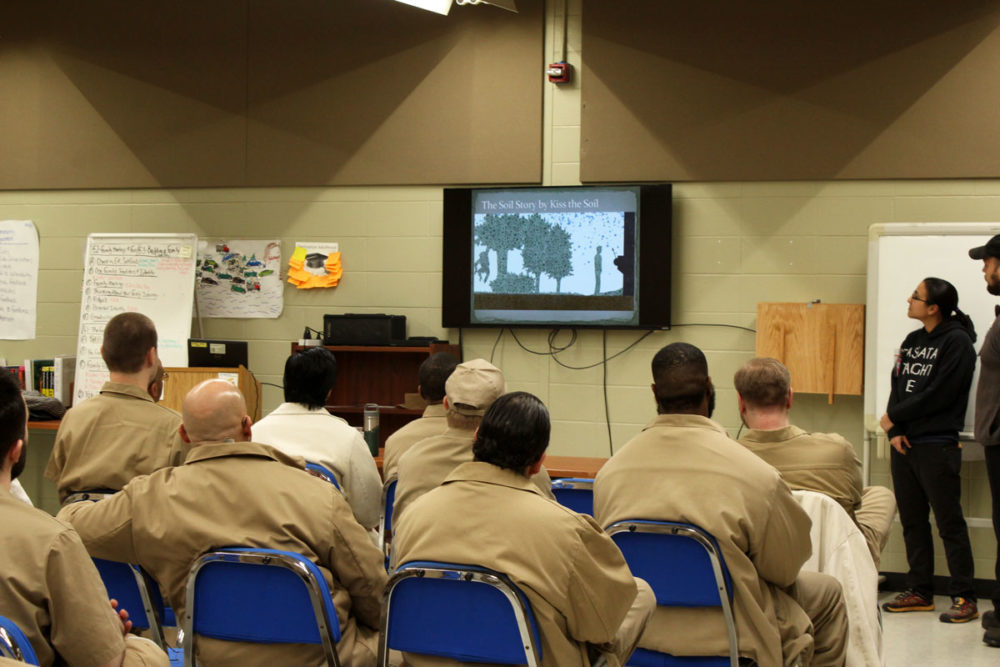Text and photos by Joslyn Rose Trivett, SPP Education & Outreach Manager

When the pandemic made it impossible for expert beekeepers from the outside community to visit, the program at Stafford Creek Corrections Center found a way to teach itself.
For a few years, the beekeeping program has been well-supported by a visiting expert who could deliver Washington State Beekeepers Association’s courses and certifications. From late in 2017 to summer 2019, beekeeper Duane McBride awarded Beginner certificates to 4 staff members and 76 incarcerated individuals and Apprentice certificates to 8 staff and 58 incarcerated beekeepers!

During the past winter, building on that impressive foundation, the Stafford Creek program formed its own bee club and made plans to relocate their hives to a warmer, drier site.
At the same time, they gained a resident Journeyman beekeeper, Charles Roark; he had just transferred from Airway Heights Corrections Center (home of another amazing bee program). Apprentice beekeeper Rory had served as an assistant instructor in Duane’s last class. Supported by Bee Program Liaison Kelly Peterson, Charles and Rory joined forces to continue the education and certification program.

Together, they mentored Apprentice students in small groups, repeating each class three times so that every student could learn the same content and practice hands-on, all while keeping socially distanced. It was wonderful to hear that all partners — instructors, students, and the bees — thrived in the program. At the end of one session, a student said that it was his best day ever at the prison.
That magic was still alive when I visited the program in early July. Rory introduced the program by saying, “May I brag about our beekeeping program?” I was so glad he did! He was hardly the only one; there was a lot to be proud of. Ms. Peterson told us, “I don’t have to stress about this program…you guys are so good at it.”

They started the flight season with only two hives and had quickly grown the population to fill seven! The beekeepers told me about the character and quality of each queen and her hive and shared all kinds of observations. I was so pleased to see them in their element, showing the teamwork, creativity, and gentle respect that are the best parts of SPP’s bee programs.

To learn more about bee programs that endure during the pandemic, I recommend these articles:
Like honeybees, we are working together









































